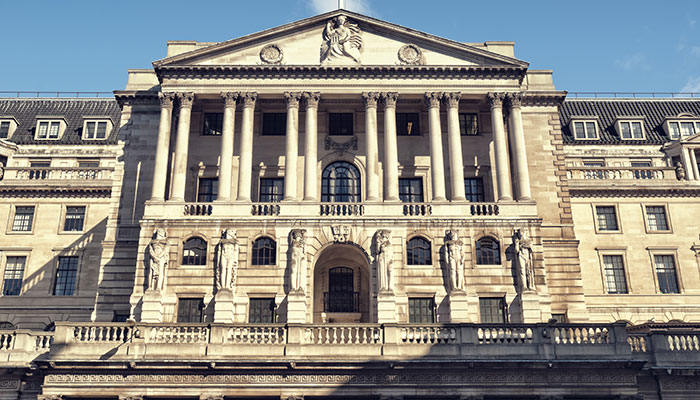
Bank of England: nationalised in 1946
The Bank of England, or ‘the Bank’ to insiders, is the world’s second oldest central bank.
For much of its history, it operated as a private institution, although always acting in the national interest.
The UK government nationalised the Bank in 1946, at which point HM Treasury became its sole shareholder.
The financial relationship between the Treasury and Bank has remained broadly unchanged since then.
Following the financial crisis, the Bank’s own finances have faced two key challenges:
- The Bank’s capital has become low relative to the risks it currently faces, now that it has a wider remit than ever before. The Bank has often required a Treasury-backed indemnity to implement large-scale policy decisions.
- The Bank’s principal income sources, derived from investment returns, have become more variable.
At the annual Mansion House speeches on 21 June, the chancellor Philip Hammond and and the governor of the Bank of England Mark Carney unveiled new reforms to the Bank's financial framework, intended to boost transparency, reinforce the Bank’s resilience and independence, and strengthen its capacity to support the financial system.
Recognising the case for reform, the authorities worked together to address these twin challenges:
- Capital: the authorities agreed a new financial framework to make the Bank’s balance sheet more resilient to shocks. This innovative framework, with a target, floor and ceiling level of capital reviewed every 5 years, injects flexibility to the Bank’s income sharing arrangements to build up the Bank’s capital base organically. This also provides certainty that the Treasury stands behind the Bank in the event of a significant capital loss.
- Income: fixing income and expenditure for 5-year review periods created uncertainty on how the Bank’s investment returns on deposits would materialise. A revised scheme was launched with a variable approach, allowing the Bank to respond to changes in its operating environment.
Following agreement from the chancellor and governor, and to support better public transparency, the authorities published a new Memorandum of Understanding between the Treasury and the Bank, setting out the future financial relationship between the authorities.
The MOU includes a set of capital principles that clarify for the first time the types of operations that the Bank will undertake off its own balance sheet, instead of seeking a Treasury-backed indemnity.
It also includes better information sharing arrangements, between the Bank and the Treasury, on the Bank’s financial and capital position.
In his letter to the governor, the chancellor noted his intention “to provide a £1.2bn capital injection from the exchequer to the Bank’s balance sheet in the 2018-19 financial year”, in a fiscally neutral manner, to return the Bank’s capital to its £3.5bn target level.
In line with the capital principles set out in the MOU, the injection will enable the Bank to transfer the Term Funding Scheme (TFS) onto its own balance sheet, and provide more than half a trillion pounds in lending to the financial system.
As a package, the new arrangements will support a stronger UK economy through a more stable financial system, as well as better transparency, accountability and reporting from the UK’s public institutions.
Regular reviews of the parameters of the framework will ensure that it is kept up to date in an evolving environment.
And as the governor remarked in his letter to the chancellor, by building a balance sheet that is fit for the future, the capital framework “will better align the Bank’s financial resources to its mission”, leading the way internationally for finance ministry and central bank to work together.




















